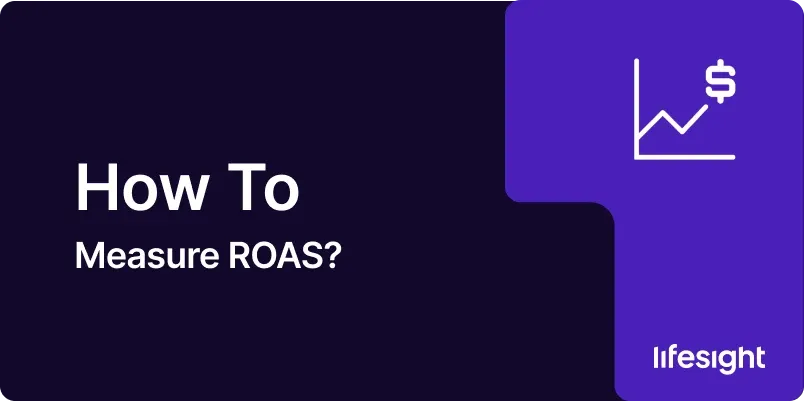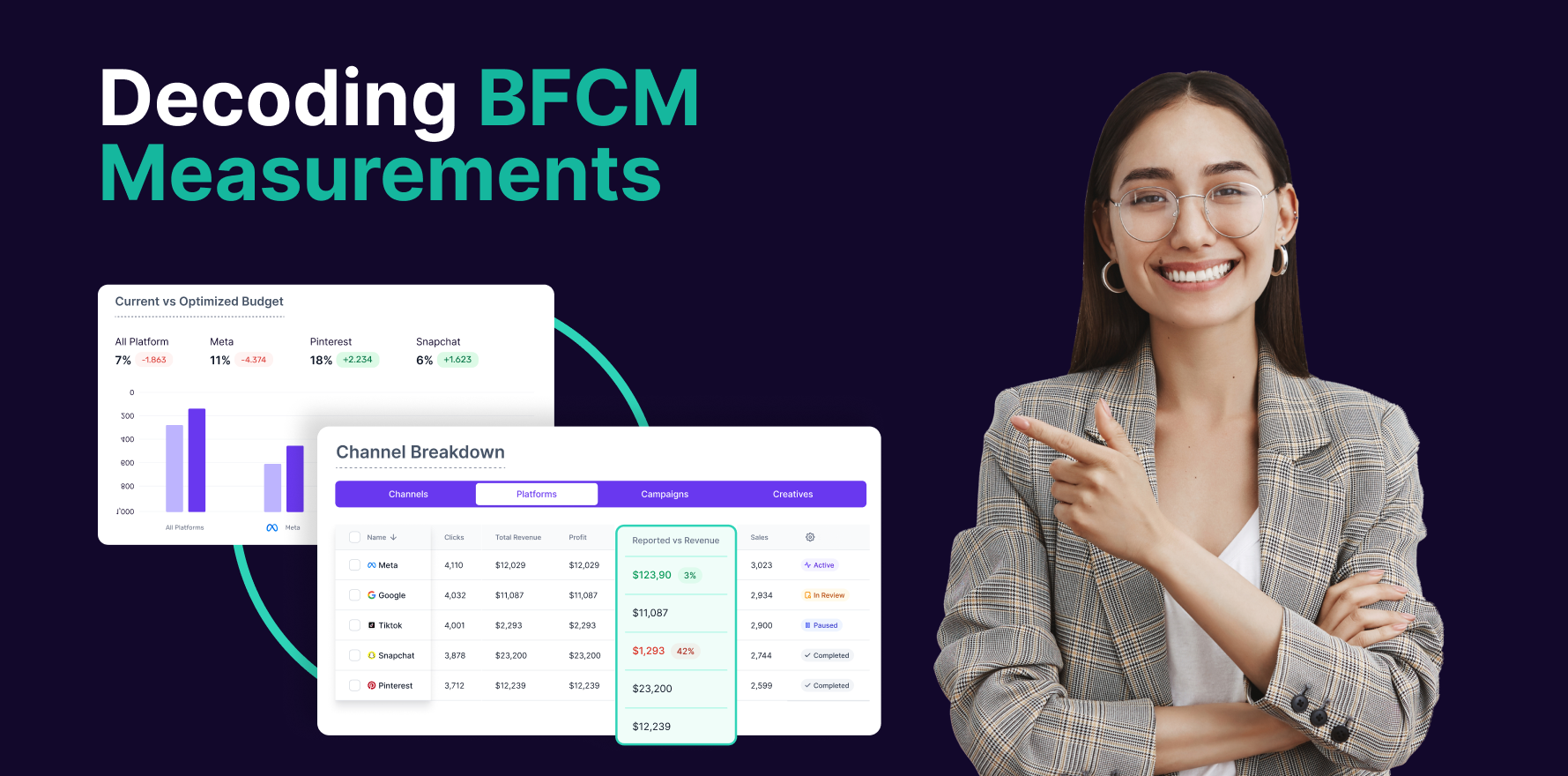
Short Description
ROAS (Return on Ad Spend) is a marketing metric that measures the revenue generated for every dollar spent on advertising. It helps businesses evaluate and optimize their advertising efforts.
Introduction
In the world of digital marketing, measuring the effectiveness of your advertising campaigns is crucial for success. One of the most important metrics used to gauge this effectiveness is Return on Ad Spend, commonly known as ROAS. This guide will walk you through the ins and outs of ROAS, from its basic definition to advanced applications and limitations.
Definitions of Key Terms
Before we dive into the calculation of ROAS, let’s define some key terms:
ROAS (Return on Ad Spend): A marketing metric that measures the amount of revenue earned for each dollar spent on advertising.
Ad Spend: The total amount of money spent on an advertising campaign or marketing effort.
Revenue: The total amount of money earned from sales attributed to a specific advertising campaign.
Conversion: The desired action you want a user to take after seeing your ad (e.g., making a purchase, signing up for a newsletter).
Conversion Rate: The percentage of users who complete a desired action after clicking on an ad.
Cost Per Click (CPC): The amount you pay each time someone clicks on your ad.
Click-Through Rate (CTR): The percentage of people who click on your ad after seeing it.
Impression: Each time your ad is displayed, regardless of whether it was clicked.
Attribution: The process of determining which marketing efforts led to a conversion or sale.
Customer Lifetime Value (CLV): The total amount of money a customer is expected to spend on your products or services over their entire relationship with your business.
The Formula to Calculate ROAS
The basic formula for calculating ROAS is:
ROAS = (Revenue Generated from Ads / Cost of Ads) x 100%
This formula gives you the ROAS as a percentage. However, it’s often expressed as a ratio. For example, a ROAS of 300% would be expressed as 3:1, meaning for every dollar spent on advertising, three dollars in revenue were generated.
Step-by-Step Guide to Calculating ROAS
Determine Your Ad Spend: Sum up all costs associated with your advertising campaign. This includes not only the direct cost of ad placements but also any related expenses such as agency fees, production costs, etc.
Calculate Revenue from Ads: Determine the total revenue generated from the sales that can be attributed to your advertising campaign. This step often requires robust tracking and attribution systems.
Apply the ROAS Formula: Divide the revenue by the ad spend.
Convert to Percentage or Ratio: Multiply the result by 100 to get a percentage, or express it as a ratio of revenue to spend.
Example Illustrating the ROAS Formula
Let’s walk through a practical example to illustrate how to calculate ROAS:
Suppose you run a digital advertising campaign for your e-commerce store. You spend $1,000 on Google Ads over a month. During this period, you can attribute $4,500 in sales to these ads.
Ad Spend = $1,000
Revenue Generated from Ads = $4,500
Applying the ROAS formula:
ROAS = ($4,500 / $1,000) x 100% = 450%
Or expressed as a ratio: 4.5:1
This means that for every dollar you spent on advertising, you generated $4.50 in revenue.
What ROAS is Used For and Why It’s Important
ROAS is a crucial metric for several reasons:
Campaign Effectiveness: ROAS helps marketers understand how well their advertising campaigns are performing in terms of generating revenue.
Budget Allocation: By comparing ROAS across different campaigns or channels, businesses can make informed decisions about where to allocate their advertising budget.
Optimization: ROAS data can guide optimizations in ad targeting, creative elements, and overall strategy to improve campaign performance.
Profitability Assessment: ROAS helps in determining whether an advertising campaign is profitable, considering the costs involved.
Competitive Benchmarking: Companies can use ROAS to compare their advertising efficiency against industry standards or competitors.
Forecasting: Historical ROAS data can be used to predict future campaign performance and set realistic goals.
Stakeholder Communication: ROAS provides a clear, easy-to-understand metric for communicating campaign performance to stakeholders.
Where ROAS Calculation is Applied
ROAS calculations are applied across various digital marketing channels and strategies:
Paid Search Advertising: Evaluating the performance of Google Ads, Bing Ads, and other search engine marketing campaigns.
Social Media Advertising: Assessing the effectiveness of ads on platforms like Facebook, Instagram, LinkedIn, and Twitter.
Display Advertising: Measuring the return on banner ads, retargeting campaigns, and programmatic advertising.
Video Advertising: Calculating the revenue generated from YouTube ads, pre-roll videos, and other video ad formats.
E-commerce Platforms: Analyzing the performance of product listing ads on platforms like Amazon, eBay, or Shopify.
Affiliate Marketing: Determining the profitability of partnerships with affiliate marketers.
Email Marketing: While not typically considered “ad spend,” some businesses calculate ROAS for email campaigns to compare with other channels.
Influencer Marketing: Evaluating the return on investments in influencer partnerships and sponsored content.
Native Advertising: Assessing the performance of sponsored content on publishing platforms.
App Install Campaigns: Measuring the revenue generated from users acquired through app installation ads.
Limitations of ROAS
While ROAS is a valuable metric, it has several limitations that marketers should be aware of:
Short-Term Focus: ROAS typically measures short-term revenue and doesn’t account for long-term customer value or brand building effects.
Ignores Profitability: A high ROAS doesn’t necessarily mean high profits if the profit margins are low.
Attribution Challenges: Accurate attribution can be difficult, especially in multi-touch customer journeys.
Doesn’t Consider All Costs: ROAS only looks at ad spend and doesn’t include other costs like production, staff, or overhead.
Variation Across Industries: What’s considered a good ROAS can vary significantly across different industries and business models.
Doesn’t Measure Incrementality: ROAS doesn’t show whether the sales would have happened anyway without the advertising.
Can Encourage Inefficient Spending: Focusing solely on ROAS might lead to underspending on ads if it’s the only metric used for budget decisions.
Doesn’t Account for Offline Impact: For businesses with both online and offline presence, ROAS might not capture the full impact of digital ads on in-store sales.
Time Lag Effects: Some advertising efforts may have delayed effects that aren’t captured in immediate ROAS calculations.
Doesn’t Measure Brand Awareness: ROAS focuses on direct response metrics and doesn’t capture improvements in brand recognition or perception.
Factors Impacting ROAS
Several factors can significantly impact your ROAS:
Ad Quality: The relevance, creativity, and persuasiveness of your ad content.
Targeting: How well you’re reaching your intended audience.
Landing Page Quality: The effectiveness of your landing pages in converting visitors.
Pricing Strategy: Your product pricing relative to perceived value and competition.
Competition: The level of competition in your market and ad auctions.
Seasonality: Fluctuations in demand due to seasonal factors.
Ad Platform: Different platforms may yield different ROAS due to audience characteristics and ad formats.
Product/Service Offering: The nature and appeal of what you’re selling.
Customer Journey: The complexity and length of your typical customer journey.
Attribution Model: The method you use to attribute sales to specific marketing touchpoints.
Market Trends: Changes in consumer behavior or market conditions.
Ad Fatigue: Decreased performance over time as audiences become overexposed to your ads.
Other Strategies for Assessment
While ROAS is valuable, it should be used in conjunction with other metrics and strategies for a comprehensive assessment:
Return on Investment (ROI): Considers all costs, not just ad spend, to measure overall profitability.
Customer Acquisition Cost (CAC): Measures the cost of acquiring a new customer across all marketing channels.
Lifetime Value to CAC Ratio (LTV:CAC): Compares the long-term value of a customer to the cost of acquiring them.
Cost Per Acquisition (CPA): Measures the cost of acquiring a conversion, not just a click.
Click-Through Rate (CTR): Indicates how compelling your ads are to your target audience.
Conversion Rate: Measures the percentage of ad clicks that result in desired actions.
Impression Share: Shows how often your ads are showing up compared to the total available impressions.
Quality Score: (For search ads) Indicates the quality and relevance of your ads and landing pages.
Brand Lift Studies: Measure changes in brand awareness and perception due to advertising.
Market Mix Modeling: Analyzes the impact of various marketing activities on sales and other KPIs.
The Relationship Between ROAS and Other Metrics
Understanding how ROAS relates to other metrics provides a more comprehensive view of marketing performance:
ROAS and ROI: While similar, ROI considers all costs, not just ad spend. ROAS focuses specifically on advertising efficiency.
ROAS and Conversion Rate: A high conversion rate often leads to a better ROAS, as more clicks are turning into revenue.
ROAS and CPC: Lower cost-per-click can improve ROAS if conversion rates and average order values remain constant.
ROAS and AOV (Average Order Value): Higher AOV typically leads to better ROAS, as you’re generating more revenue per conversion.
ROAS and CLV: While ROAS looks at immediate revenue, considering Customer Lifetime Value provides a long-term perspective on ad effectiveness.
ROAS and Profit Margin: A high ROAS doesn’t always mean high profitability. It’s important to consider your profit margins alongside ROAS.
ROAS and Market Share: Sometimes, a lower ROAS might be acceptable if it’s contributing to gaining market share.
ROAS and Brand Metrics: While ROAS measures direct response, brand awareness and sentiment are important complementary metrics.
Benefits of Calculating ROAS
Calculating and monitoring ROAS offers numerous benefits:
Performance Insight: Provides a clear picture of how well your advertising efforts are paying off.
Budget Optimization: Helps in allocating budget to the most effective channels and campaigns.
Campaign Comparison: Allows for easy comparison between different campaigns, ad sets, or even individual ads.
Justifying Ad Spend: Provides concrete data to justify advertising budgets to stakeholders.
Identifying Inefficiencies: Highlights underperforming campaigns or channels that need improvement or elimination.
Setting Benchmarks: Helps establish performance benchmarks for future campaigns.
Competitive Advantage: Regular ROAS analysis can lead to more efficient advertising, providing an edge over competitors.
Profit Maximization: By optimizing ROAS, businesses can maximize the profitability of their advertising efforts.
Scalability Assessment: Helps determine which campaigns can be scaled up profitably.
Customer Insights: Analysis of ROAS across different customer segments can provide valuable insights into customer behavior and preferences.
Advanced ROAS Strategies
To take your ROAS analysis to the next level, consider these advanced strategies:
Segmented ROAS: Calculate ROAS for different customer segments, products, or geographies to uncover specific opportunities.
Predictive ROAS Modeling: Use historical data and machine learning to predict future ROAS and optimize campaigns proactively.
ROAS Forecasting: Project expected ROAS for upcoming campaigns based on historical performance and market trends.
Incrementality Testing: Conduct experiments to determine the true incremental impact of your advertising on sales.
Multi-Touch Attribution: Implement advanced attribution models to understand how different touchpoints contribute to ROAS.
Competitive ROAS Analysis: Use available data to estimate and compare your ROAS against competitors.
ROAS-Based Bidding Strategies: Implement automated bidding strategies that optimize for target ROAS.
Long-Term ROAS: Develop models that factor in customer lifetime value for a more comprehensive ROAS calculation.
Cross-Channel ROAS Optimization: Analyze how different channels interact and contribute to overall ROAS.
AI-Powered ROAS Optimization: Leverage artificial intelligence to continuously optimize ad placements, bids, and creative elements for maximum ROAS.
Conclusion
Return on Ad Spend (ROAS) is a powerful metric that provides crucial insights into the effectiveness of your advertising efforts. By mastering the calculation and interpretation of ROAS, marketers can make data-driven decisions to optimize their campaigns, allocate budgets more effectively, and ultimately drive better business results.
However, it’s important to remember that while ROAS is valuable, it should not be used in isolation. Combining ROAS with other performance metrics, considering its limitations, and placing it in the broader context of your business goals will provide a more comprehensive view of your marketing performance.
As digital advertising continues to evolve, so too will the strategies for calculating and optimizing ROAS. Staying informed about new technologies, attribution methods, and industry benchmarks will be crucial for maintaining a competitive edge in the fast-paced world of digital marketing.
By regularly calculating, analyzing, and acting on ROAS data, businesses can ensure they’re getting the most out of their advertising investments, driving growth, and staying ahead in today’s competitive digital landscape.
Free essential resources for success
Discover more from Lifesight















